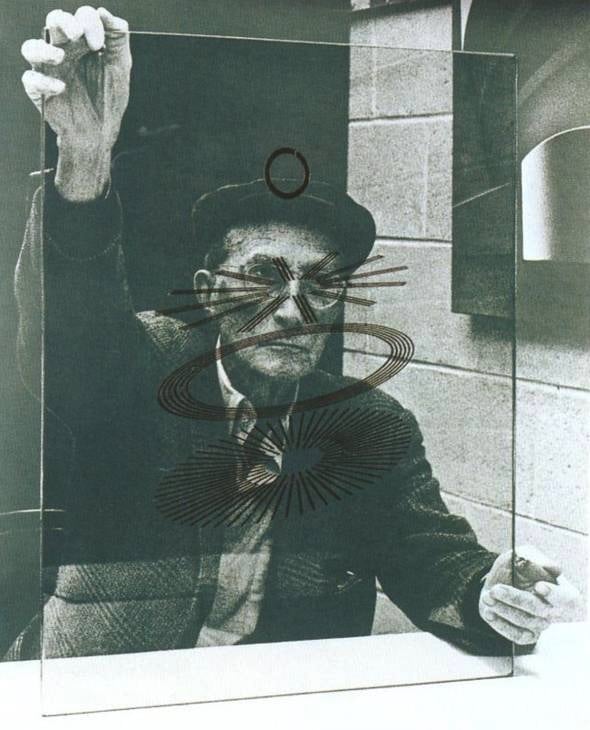Galleries
Duchamp Scholar Francis Naumann Says He’s Closing His New York Gallery Because Young People Find Modernism ‘Passé’
The gallerist is shuttering his business after nearly 20 years.

The gallerist is shuttering his business after nearly 20 years.

Earlier this month, dealer and scholar Francis Naumann announced that he would be closing his eponymous New York gallery next spring, ending a nearly 20-year run.
An accomplished art historian and one of the world’s leading experts on Marcel Duchamp, Naumann opened his gallery in 2001 to present works by European Dadaists and Surrealists. But waning interest in early 20th-century art has rendered the venerable dealer’s business untenable.
“There are fewer and fewer collectors of 20th-century art because the younger generation wishes to identify with the art of their times and feel that the art of the past is—by definition—passé,” Naumann tells artnet News over email, before quoting his favorite artist: “When Duchamp was asked if he had any advice to give young artists, he said, ‘The son must hate the father in order to be a good son. Such hatred seems to be the only means of producing that necessary reaction against the achievements of the previous generation.’”
The closing of Naumann’s enterprise seems to speak to a bigger issue than the “mid-market squeeze” that everyone is talking about these days. For generations, European modernism has reigned over the Western art-historical canon. Yet those hierarchies seem to be collapsing as the world becomes more globalized.

Richard Hamilton, Marcel Duchamp, (1967). © The estate of Richard Hamilton. Image courtesy of Tate.
“Globalism, per se, is not a phenomenon that will alter our appreciation of European modernism,” Naumann says. “Rather, it only expands our view of what can be considered part of the modernist evolution, building upon it in a way that could very well cause us to appreciate the art of the past even more.”
However, the dealer is quick to note that this doesn’t mean there will be no financial implications. The market for such work has shrunk as the contemporary art market has exploded.
“I feel that it is ironic that work by contemporary artists sells for more than work by the artists who inspired them,” he says. A sculpture by Jeff Koons, for example, sells for considerably more than the highest price ever paid for any work by Duchamp, whom he admits is a great influence on his work.
“For my 19 years of running a gallery, I have tried to combine my scholarly past with my business practice, organizing museum-quality exhibitions with accompanying scholarly catalogues that were not designed for sale, but to disseminate a broader knowledge of the works presented in the exhibition,” he says. “When I opened the gallery in 2001, I was unaware of the fact that the essential goal of art-historical scholarship—to uncover the underlying truth of works of art—could be in direct conflict with the goals of an art dealer, who is forced to focus on money and meeting the bottom line.”
An exhibition of New York Dada artists, which Naumann classifies as the “most scholarly and comprehensive” presentation of its kind since his landmark “Making Mischief: Dada Invades New York” show at the Whitney in 1996, is currently on view at his gallery. His final exhibition will go on view in January. Fittingly, it will present portraits of Duchamp.